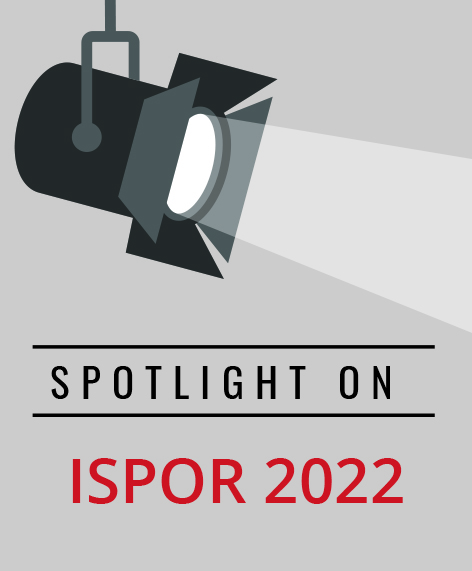Poster Session Recap: Low- and Middle-Income Countries
Ingrid Cox, MD MSc, Menzies Institute for Medical Research, University of Tasmania, Hobart, Tasmania, Australia
Poster presenters in this tour were top abstracts from lower- and middle-income countries/regions, namely, Columbia, Panama, Brazil, and South East Asia (Malaysia, Thailand, Indonesia, Philippines, Vietnam, Lao PDR, and Myanmar).
Cost-Effectiveness Analysis of Trastuzumab Emtansine in the Treatment of Patients With HER2+ Early Breast Cancer and Residual Disease After Neoadjuvant Treatment in Colombia
Presenter: Alejandra Taborda, Sapyens SAS BIC, Bogotá, Colombia
Summary: The author presented on the cost-effectiveness of the use of trastuzumab emtasine , compared with trastuzumab, for the adjuvant treatment of adult patients with HER2+ early breast cancer who have residual invasive disease after neoadjuvant therapy in Colombia. A 6-health state Markov model was evaluated over a life expectancy time horizon using data from a KATHERINE clinical trial. The study concluded that from the health system perspective, T-DM1 is a cost-effective strategy compared to trastuzumab in the adjuvant treatment of adult patients with HER2+ early breast cancer who have residual invasive disease after neoadjuvant therapy compared with the 3 GDP per capita threshold (COP$ 61.999.878/USD 16.563,82).
Cost-Utility Analysis of Benralizumab in Severe Eosinophilic Asthma in Panama
Presenter: Jaime Ordoñez, True Consulting, Medellín, Colombia
Summary: This is a study of the cost-utility ratio of benralizumab versus omalizumab in patients with severe eosinophilic asthma in Panama. A 5-state Markov-model was developed and was modeled over a 5-year time horizon using a cohort of 100 patients. Researchers investigated this from the perspective of exacerbations requiring oral corticosteroids, emergency department visits and/or hospitalizations. Benralizumab is a cost-effective treatment strategy for severe eosinophilic asthmatic patients in Panama based on Panama’s willingness-to-pay threshold and it is a dominant strategy compared to omalizumab.
Estimating Economic and Disease Burden of Snakebite in South East Asia: A Decision Analytic Model
Presenter: Chanthawat Patikorn, Chulalongkorn University, Bangkok, Thailand
Summary: This study focused on the economic (societal perspective) and disease burden of snakebites in 7 countries in South East Asia (ie, Malaysia, Thailand, Indonesia, Philippines, Vietnam, Lao PDR, and Myanmar). The study highlighted that both the economic and disease burden in the countries studied are high and were mainly attributable to premature deaths from snakebite envenoming, which suggested that the remarkably high burden of snakebite could be averted by increasing access to antivenom.
Surgical Sites Infection: A Microcosting Approach from the Brazilian Private Healthcare System Perspective
Presenter: Diana Campos, 3M Costa Rica SA, Heredia, Costa Rica
Summary: The author presented results of a study that focused on the estimation of the resource utilization and direct medical costs associated with postoperative infections from the private payer perspective in Brazil. In hospital costs, complementary exams and drug treatment were the highest cost drivers for the surgical procedures investigated. The study concluded that direct costs of surgical site infections are significant; however, given that published data were used for estimates, future studies with primary data collection should be conducted to assess the economic impact of those infections in a real-world environment.
Treatment Patterns of Triple-Negative Breast Cancer in Brazilian Private Healthcare Setting: A Claims Database Study
Presenter: Maria Amélia Borba, São Paulo, Brazil
Summary: This study discusses the treatment patterns for triple-negative breast cancer (TNBC) in Brazilian patients in the private healthcare setting, using real-world data between January 2012 and December 2017. The treatment of early TNBC was mainly with anthracycline and taxane, while in metastatic TNBC bevacizumab, capecitabine, and gemcitabine were often prescribed. The estimated treatment duration observed was shorter in this real-world database than expected when compared to pivotal trials, reflecting the poor prognosis of metastatic TNBC and its unmet medical need.

